Where do you begin? How much should you spend? Can you negotiate?
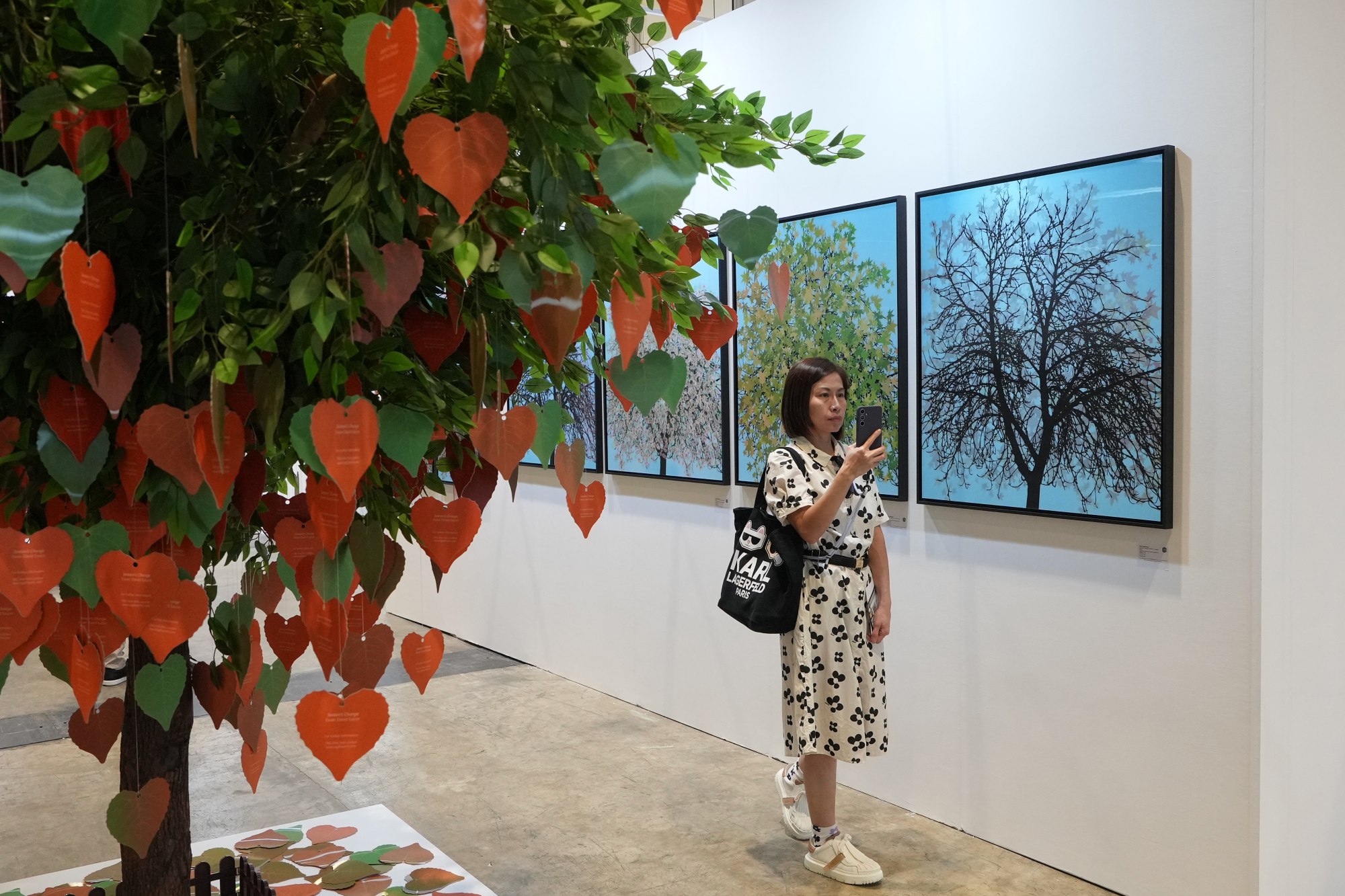
We asked three art world professionals and experts for some advice for those looking to dip their toes in the art market. Here is what they say:
1. Familiarise yourself with what’s out there
First things first, get a grasp of what art is available, so you can determine what appeals to you.
“The most important thing is going and checking out local galleries in your area, and reading different magazines and newspapers,” says Shivang Jhunjhunwala, co-founder of Young Soy Gallery in Sheung Wan, Hong Kong Island, which has a booth at the Affordable Art Fair.
“Once you slowly start to get exposed to artwork, exhibitions, galleries and artists, that will slowly start to help you shape what you like and what you don’t like.”

He recommends looking everywhere, high and low. Gallerist Alex Chan, who founded The Shophouse in Tai Hang, has the same advice – he developed a knack for collecting after following in his parents’ footsteps by scouring flea markets and antique markets.
Today, he looks at art around the world, including art college graduation shows.
“There are so many different types of art. Even within paintings, there’s realist, there’s minimalist,” he says. “By speaking to more artists and collectors, it actually helps you to clear up your mind.”
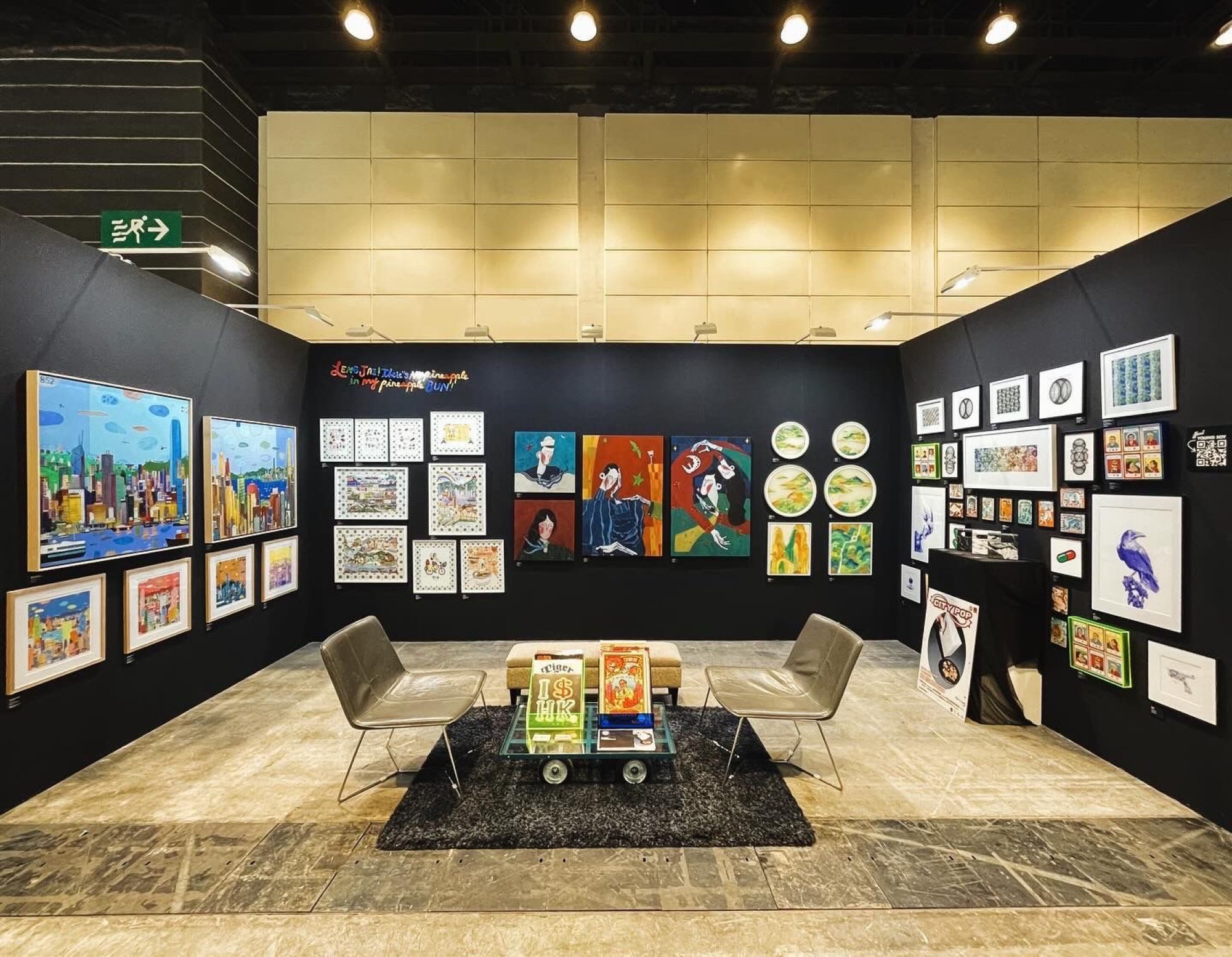
2. Set a budget
Of course, you have to make sure you can afford the piece of art you like, Chan says. While everyone should set their own guidelines, he has some benchmarks that he shares with young collectors.
“In terms of painting, anything that’s below HK$20,000 to HK$30,000, you can buy whatever you want,” he says. “Anything that goes beyond HK$50,000, you have to do your research. You have to speak with the artist, look at their career.
“Anything that goes beyond HK$100,000, there has to be investment value, because it’s just too expensive for a young collector.”
3. Do your homework
Speaking of research, after seeing a piece of art that you like, it’s worth looking up the artist and reviewing their past work to see whether they resonate with you.
“You can take the time to read up on the artists’ overall practice, the themes and concepts that they support, and see whether they are relevant and conversing with whatever is happening in the world today,” says Allison Cheung, the Hong Kong gallery director of De Sarthe in Wong Chuk Hang.
“A good piece of artwork would evoke some sort of emotion or some sort of feeling with you. But when you read into it, there’s probably a story or an explanation behind how and why this feeling was evoked,” she adds. “I value concept over aesthetic.”
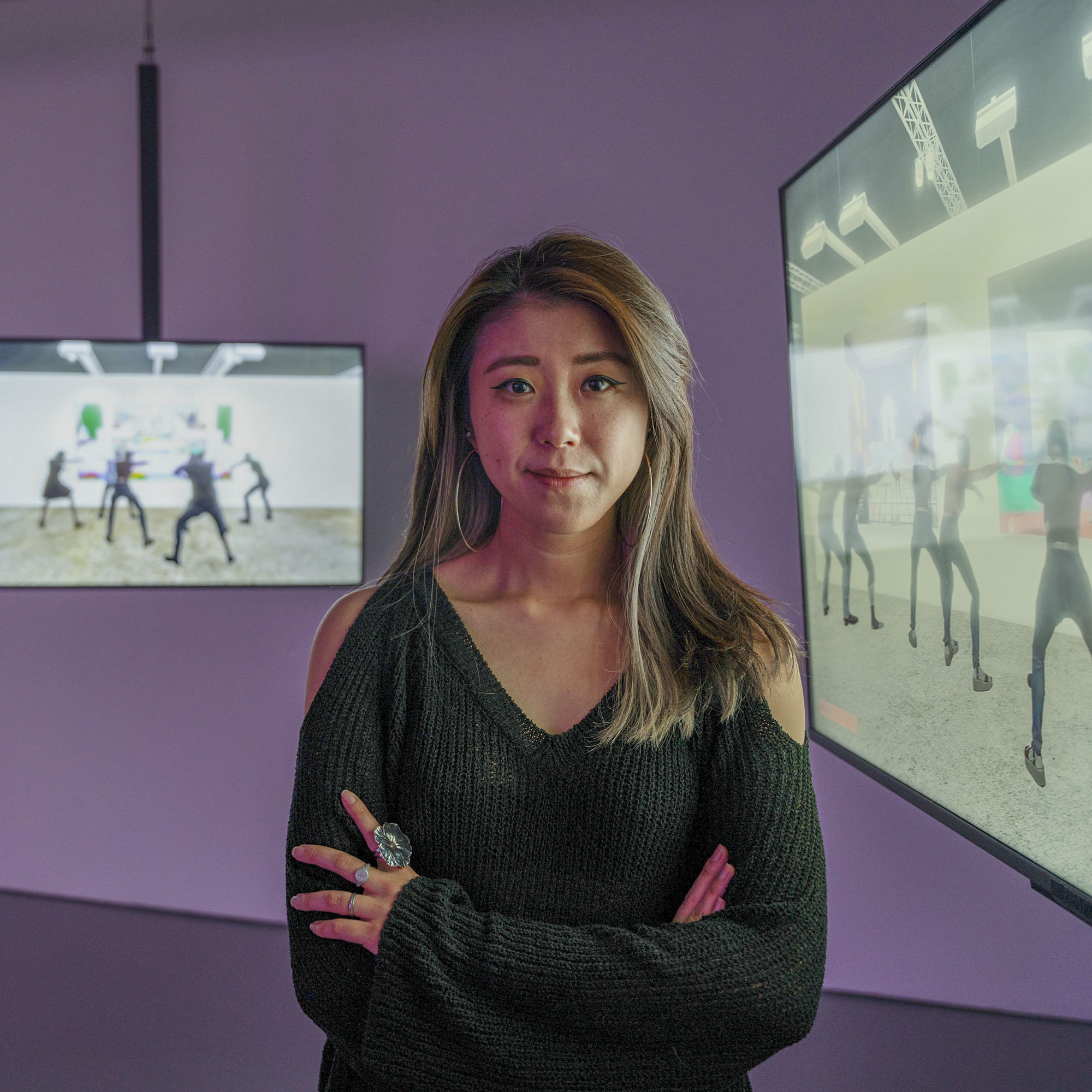
For more expensive works especially, Chan says he likes to ensure that the artist’s career has evolved over time, so that they’re not repeating the same type of work.
“You see a lot of young artists and their careers just disappear within two to three years,” he says. “I will always prefer artists that have categories in terms of practice, where you can clearly see every five to 10 years, there’ll be a change.
4. Make sure the price is fair
To ensure the price you are being asked to pay for a work of art is reasonable, check the prices paid for the artist’s work in the past, and figure out whether they are in line with what you are willing to pay.
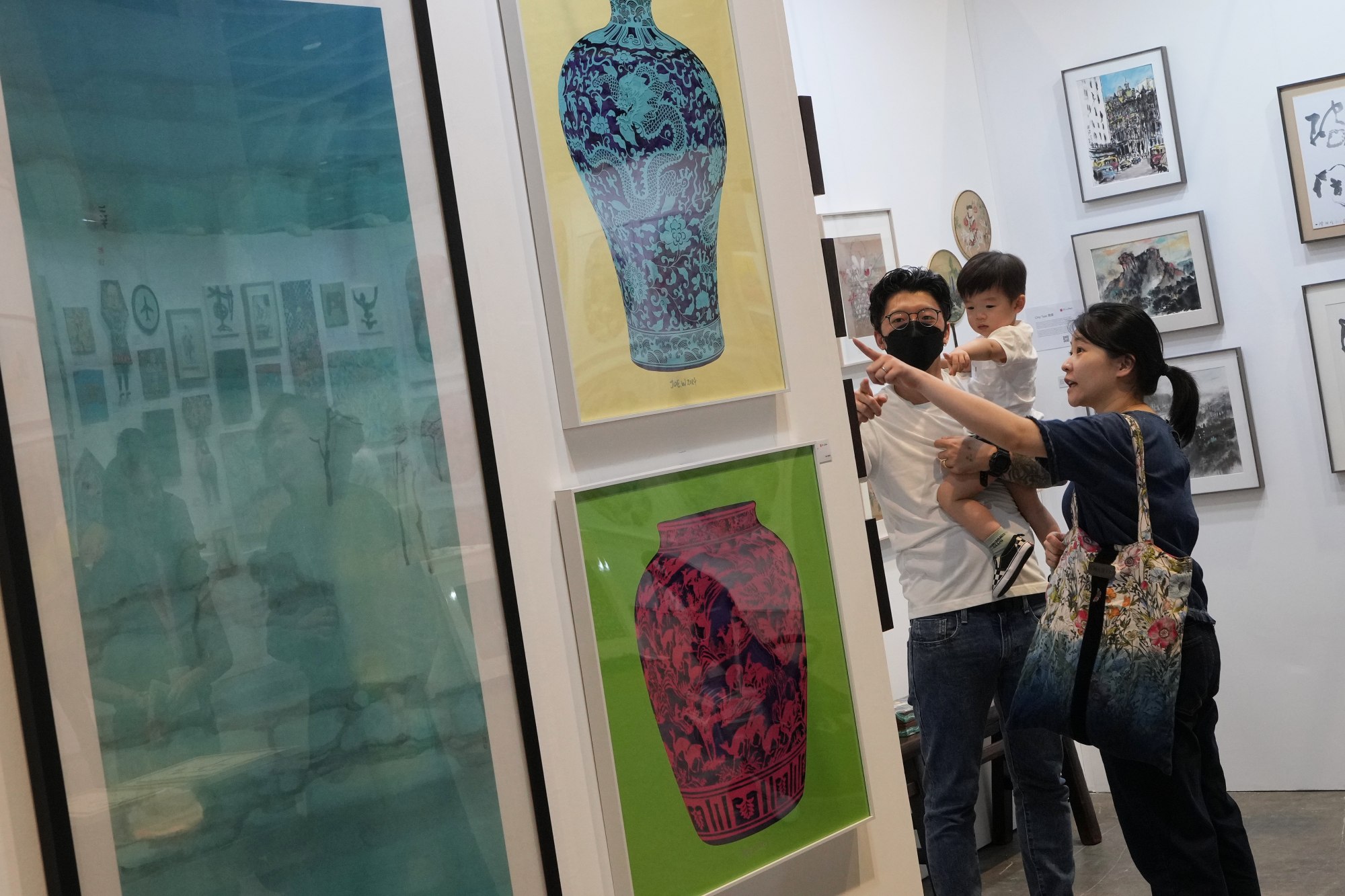
“It’s never worth rushing it. It’s important not to get ripped off,” Jhunjhunwala says. “If you cannot find enough information about them online, because they’re very new artists, then you have to talk to the gallery, or the artists, and figure out from them why they price it the way they price it.”
He explains that some artists will price by size, where each square inch of painting might be worth a certain amount. Other artists set an hourly rate, and price their works according to how long they took to produce, as well as taking the costs of materials and other considerations into account.
5. Negotiate, but respectfully
Unless the artist’s work is in heavy demand, many galleries and artists are open to offering discounts to buyers.
“It’s up to you to make the offer,” Jhunjhunwala says. While he notes that Young Soy Gallery has a robust pricing system and that there is a hard line beyond which it will not go, it will offer deals in particular cases, such as if a buyer is looking to purchase several works.
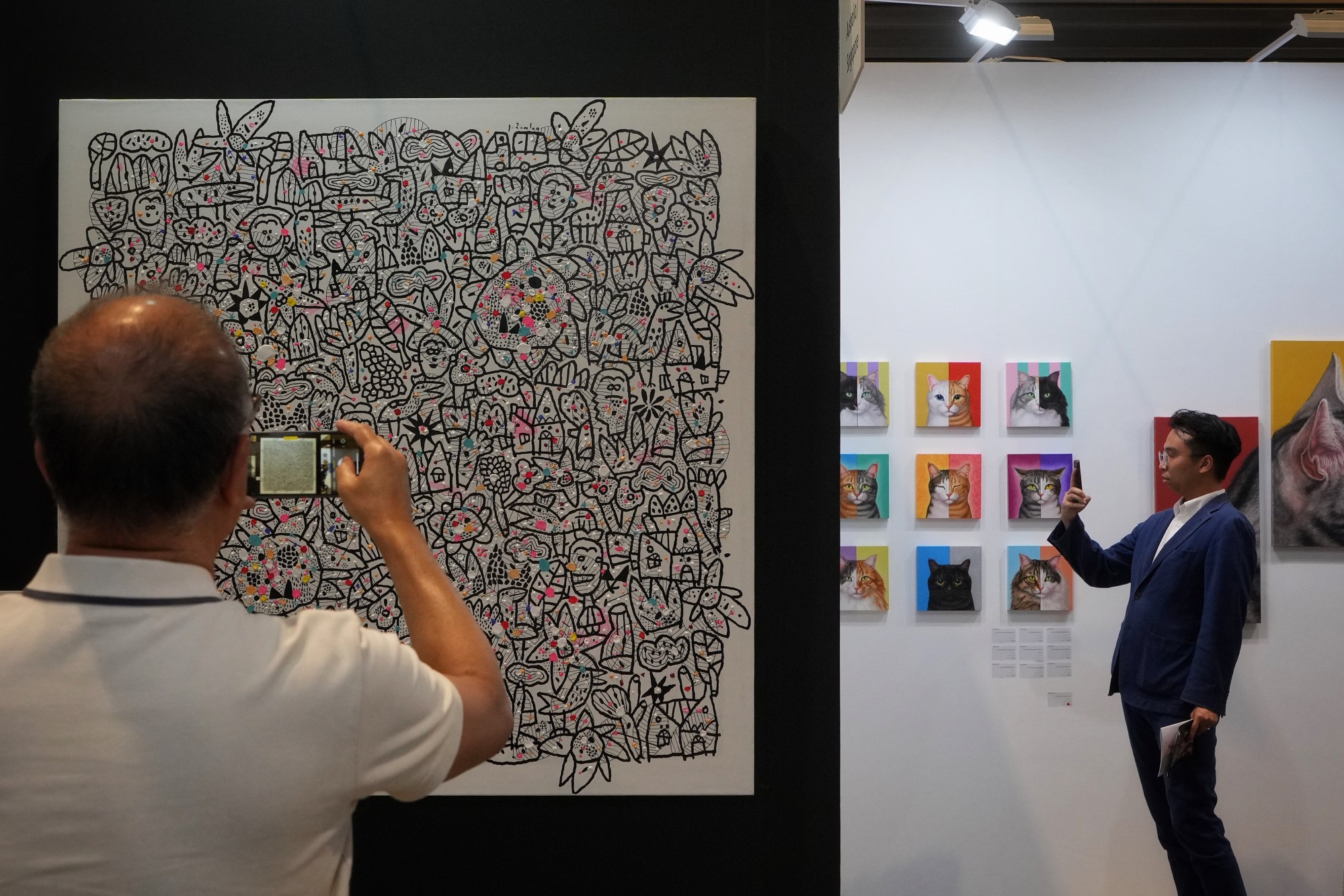
As for The Shophouse, Chan says it is more inclined to give discounts if a certain collector has demonstrated their support over time, whether for the gallery or the artist.
“We would always prefer to work with collectors that are actively supporting all programmes,” he says. “I also have my artists telling me, ‘Oh, this is a really big collector that has been supporting my career since the very beginning. Can you give him some discount?’ So it’s always negotiable and always down to communication.”
As for De Sarthe, Cheung says the gallery is similarly intentional about how and to whom it sells. “We generally try to identify collectors that are serious about art, rather than speculators who are just looking to flip the work for a higher value later on.”
6. Don’t buy art for investment
While many collectors do buy art as an investment, with hopes that a work will increase in value over time, Jhunjhunwala warns against using this as a reason to begin collecting.

“Art as an asset class is one of the most illiquid in the world,” he says. “Moving or flipping artwork is very difficult, and if people try to focus on that, then they’re not going to get anywhere in their collection of art.
“If they focus on artists and ideas that they want to champion, that they want to collect, it gives them a more robust ideology creatively in terms of what they’re collecting. That itself can build a lot of value.”
Chan adds: “There shouldn’t be a limit on what you collect. You should have a really broad, diverse range of interests. There’s no high-value collections or low-value collections, as long as your collection speaks to you.”
7. Above all, go with your gut
“Ultimately, you are the core to your collection, so it’s always good to buy from the heart,” Cheung says. “What you like is ultimately what is going to make your collection sustainable to you.”
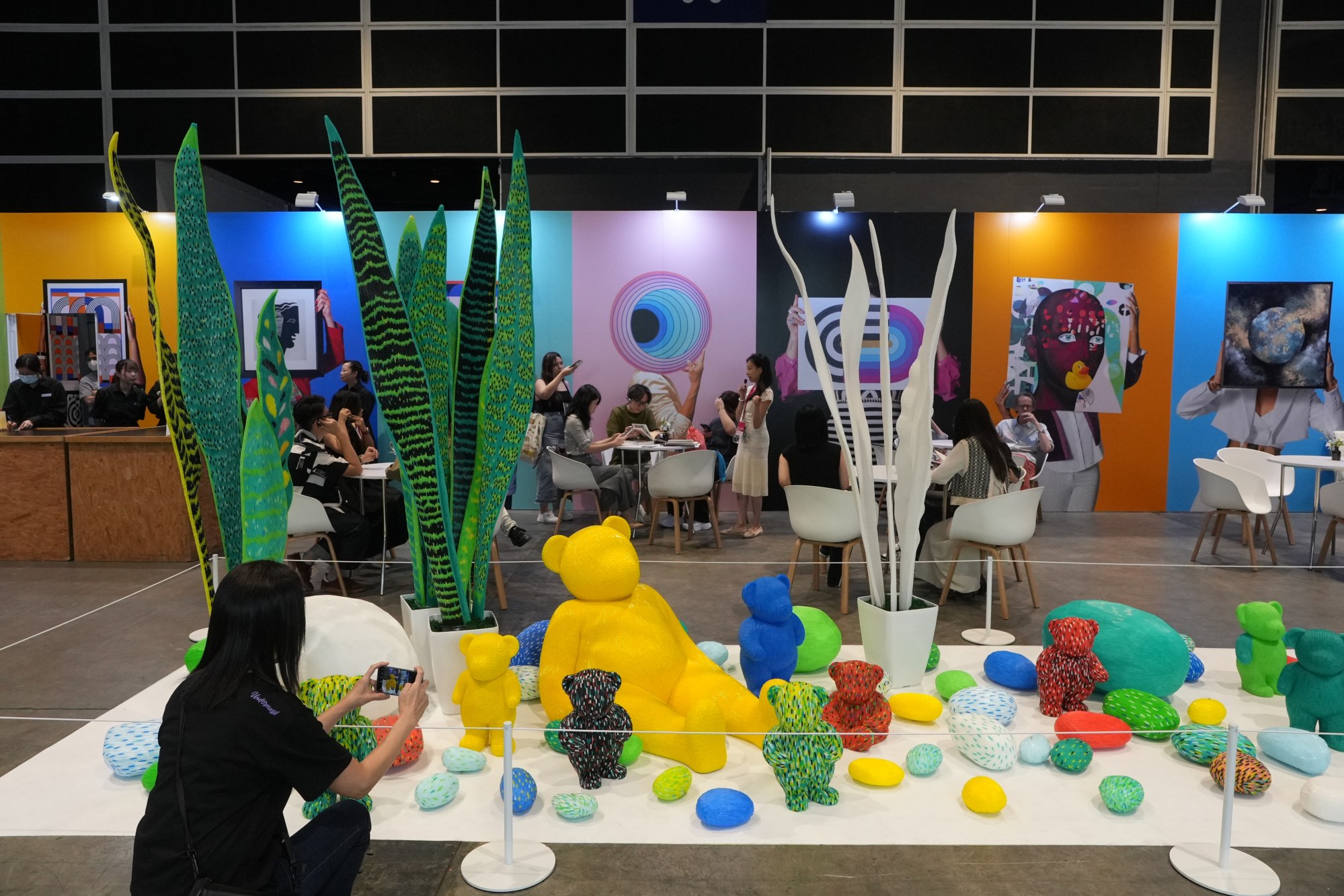
Chan agrees. “Once you start listening [to others], then [you lose] the reason [for] or the fun of collecting art. I feel like the most fascinating thing about collecting is the journey of self-discovery.
“Through collecting, you can see: that’s why this work means a lot to me in such a way. And that’s really personal.”
Affordable Art Fair Hong Kong, Hall 1E, Hong Kong Convention And Exhibition Centre, 1 Expo Drive, Wan Chai. Until May 19.

